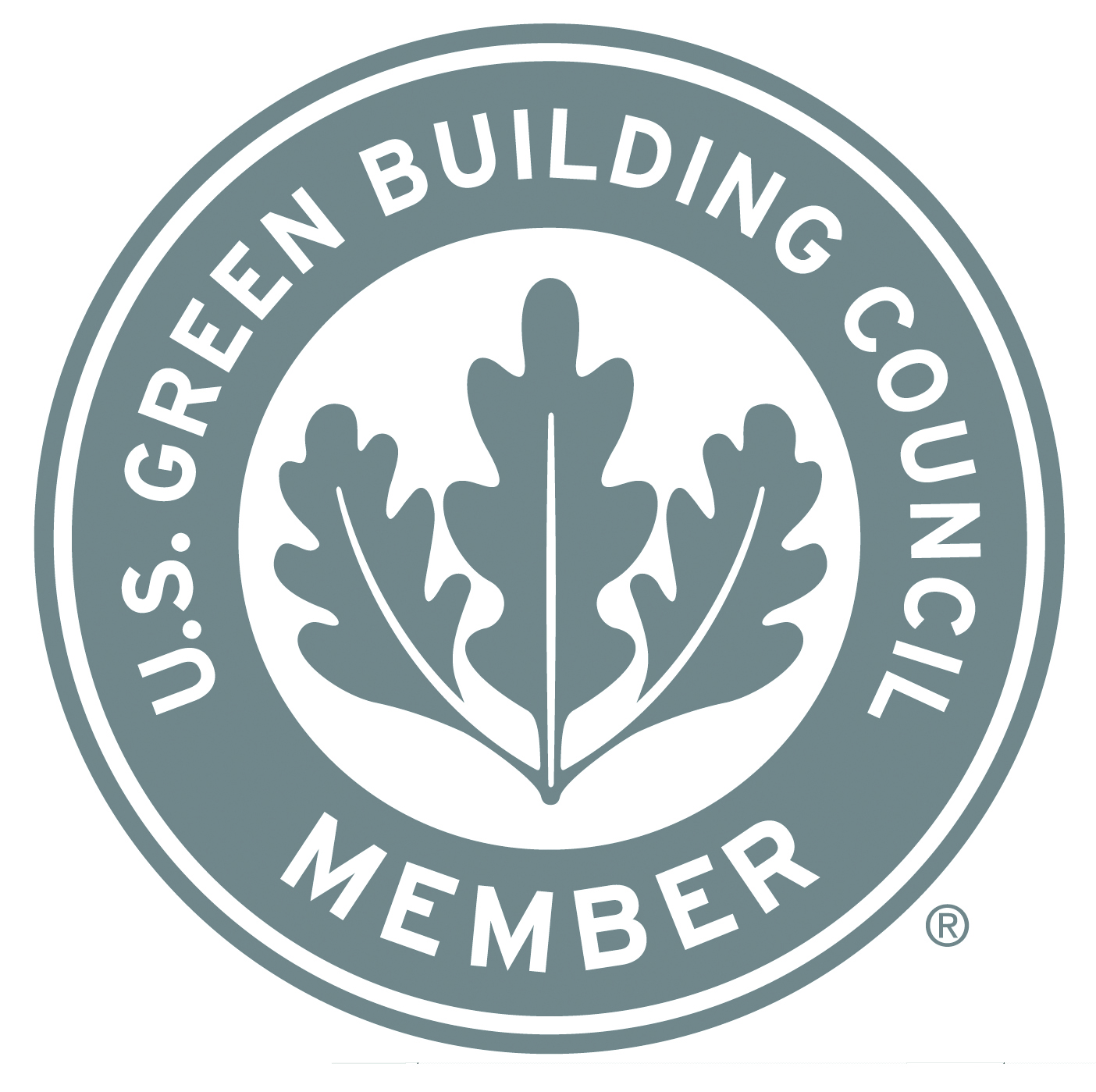The U.S. Green Building Council (USGBC) today announced the opening of the fifth public comment period for the proposed update to its LEED green building program. The comment period, which will close on Dec. 10, enables the building community to view the most recent draft of the rating systems and provide comments where any substantive changes have been made.
LEED v4 continues to push the envelope on energy efficiency, allocating nearly 20% of all points to optimizing energy performance over the stringent ASHRAE 90.1-2010, which would do more to help curb CO2 emissions than any LEED rating system in its 12 year history.
In addition to bringing green building solutions to more market sectors, including data centers, warehouses and distribution centers, hospitality, mid-rise residential, and existing schools and retail, the next version includes more options for projects outside of the U.S., making LEED the common language for sustainability around the globe.
The rating system has long championed innovation, and the LEED v4 draft further encourages innovative thinking and decision making about building materials and design. In this draft, using fewer, better materials will result in up to 9 LEED points, incentivizing product manufacturers that voluntarily report about their product makeup and those who reduce the negative impacts - from extraction of raw materials through the manufacturing process.
When fully launched in 2013, LEED v4 will offer an improved user experience that will make the certification review and documentation process more intuitive and efficient. The simplified reporting requirements will be thoroughly refined and tested by the LEED v4 beta testing group - the first crop of projects to pursue LEED V4 certification. The beta process enables project teams to engage with a pre-ballot version of LEED v4 with guided support from USGBC.
USGBC's Greenbuild International Conference and Expo, taking place Nov. 14-16 in San Francisco, Calif., will give users an additional opportunity to explore LEED v4, including the new technical content and credit language, while learning about the streamlined documentation requirements and submittal forms and the dynamic, mobile education resources being developed.
LEED v4 drafts and the public comment tool are now available on the newly re-launched, re-envisioned USGBC.org website, a platform that engages the green building community and supports an entire ecosystem of websites and apps. The new USGBC.org gives everyone the opportunity to build a rich history of involvement in the green building movement.
In an effort to provide the marketplace a view of the full LEED program experience prior to ballot, USGBC announced an expanded timeline for LEED v4 and committed to a fifth public comment period. Fifth public comment will run until Dec. 10. Ballot period is expected to open June 1, 2013.
Approximately 35 credits are included in the draft open for public comment, and have been revised in response to feedback from previous public comment periods to further improve clarity, increase flexibility and options for project teams, and removing unsuitable requirements from previous drafts.
To view the drafts of LEED v4 visit www.usgbc.org/leedv4. +
Related Stories
Healthcare Facilities | May 27, 2015
Rochester, Minn., looks to escape Twin Cities’ shadow with $6.5 billion biotech development
The 20-year plan would also be a boon to Mayo Clinic, this city’s best-known address.
BIM and Information Technology | May 26, 2015
Lego-like model building kit was created by an architect for architects
Arckit, as the system is called, was designed to a 1:48 scale, making it easy to create models accurate to the real-life, physical building projected.
BIM and Information Technology | May 26, 2015
Moore's Law and the future of urban design
SmithGroupJJR's Stephen Conschafter, urban designer and planner, discusses his thoughts on the 50th anniversary of Moore's Law and how technology is transforming urban design.
Architects | May 26, 2015
AIA design competition creates portable, temporary housing for the homeless
The winning design from the AIA's "A Safe Place" competition was built at the AIA convention in Atlanta and later donated to a local non-profit partner.
BIM and Information Technology | May 21, 2015
How AEC firms should approach BIM training
CASE Founding Partner Steve Sanderson talks about the current state of software training in the AEC industry and common pitfalls in AEC training.
Architects | May 20, 2015
Architecture billings remain stuck in winter slowdown
Regional business conditions continue to thrive in the South and West
University Buildings | May 19, 2015
Special Report: How your firm can help struggling colleges and universities meet their building project goals
Building Teams that want to succeed in the higher education market have to help their clients find new funding sources, control costs, and provide the maximum value for every dollar.
University Buildings | May 19, 2015
Renovate or build new: How to resolve the eternal question
With capital budgets strained, renovation may be an increasingly attractive money-saving option for many college and universities.
University Buildings | May 19, 2015
KU Jayhawks take a gander at a P3 development
The P3 concept is getting a tryout at the University of Kansas, where state funding for construction has fallen from 20% of project costs to about 11% over the last 10 years.
Multifamily Housing | May 19, 2015
Zaha Hadid unveils 'interlocking lattice' design for luxury apartments in Monterrey, Mexico
Hadid's scheme was inspired by the Mexican tradition of interlocking lattice geometries.
















